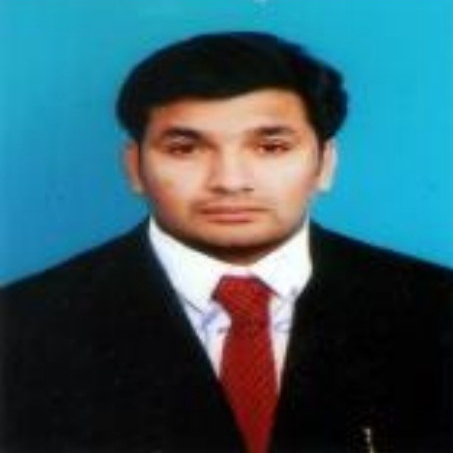
A. Mallikarjuna Reddy
Work place: JNTU Kakinada, Asst. Professor, Anurag Group of Institutions (Autonomous), Hyderabad, India
E-mail: mallikarjunreddycse@cvsr.ac.in
Website:
Research Interests: Engineering, Computational Engineering, Computational Science and Engineering
Biography
Mr. A.Mallikarjuna Reddy is working as Assistant Professor at Anurag Group of Institutions ,Hyderabad and after obtaining B.E and M.Tech (CSE) in 2010.At present he is pursing Ph.D. from JNTU Kakinada under the guidance of Dr.V.V.Krishna ,Principal in Nishitha College of Engineering & Technology under Centre for Advanced Computational Research (CACR) Labs of AGI, Hyderabad. He has published 6 research papers.
Author Articles
Face Recognition based on Cross Diagonal Complete Motif Matrix
By A. Mallikarjuna Reddy V. Venkata Krishna L. Sumalatha
DOI: https://doi.org/10.5815/ijigsp.2018.03.07, Pub. Date: 8 Mar. 2018
To extract local features efficiently Jhanwar et al. proposed Motif Co-occurrence Matrix (MCM) [23] in the literature. The Motifs or Peano Scan Motifs (PSM) is derived only on a 2*2 grid. The PSM are derived by fixing the initial position and this has resulted only six PSM’s on the 2*2 grid. This paper extended this ap-proach by deriving Motifs on a 3*3 neighborhood. This paper divided the 3*3 neighborhood into cross and diag-onal neighborhoods of 2*2 pixels. And on this cross and diagonal neighborhood complete Motifs are derived. The complete Motifs are different from initial Motifs, where the initial PSM positions are not fixed. This complete Motifs results 24 different Motifs on a 2*2 gird. This paper derived cross diagonal complete Motifs matrix (CD-CMM) that has relative frequencies of cross and diagonal complete Motifs. The GLCM features are de-rived on cross diagonal complete Motifs texture matrix for efficient face recognition. The proposed CD-CMM is evaluated face recognition rate on four popular face recognition databases and the face recognition rate is compared with other popular local feature based methods. The experimental results indicate the efficacy of the proposed method over the other existing methods.
[...] Read more.Other Articles
Subscribe to receive issue release notifications and newsletters from MECS Press journals